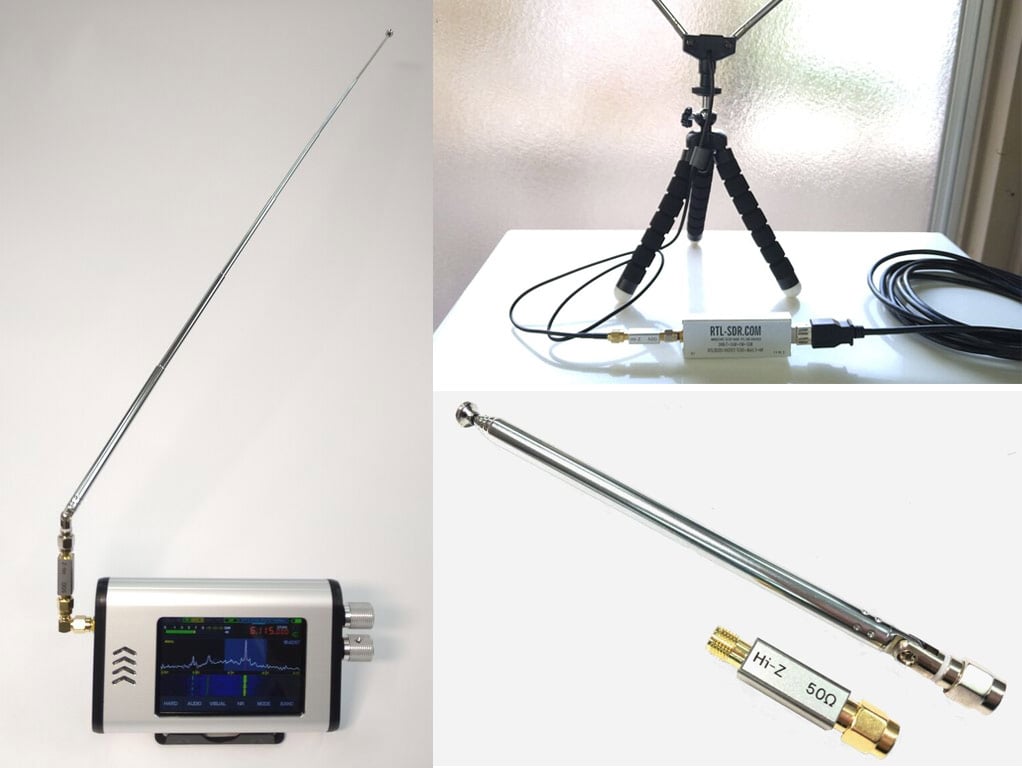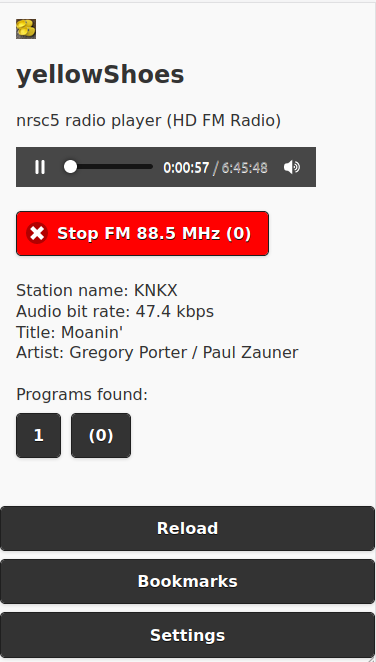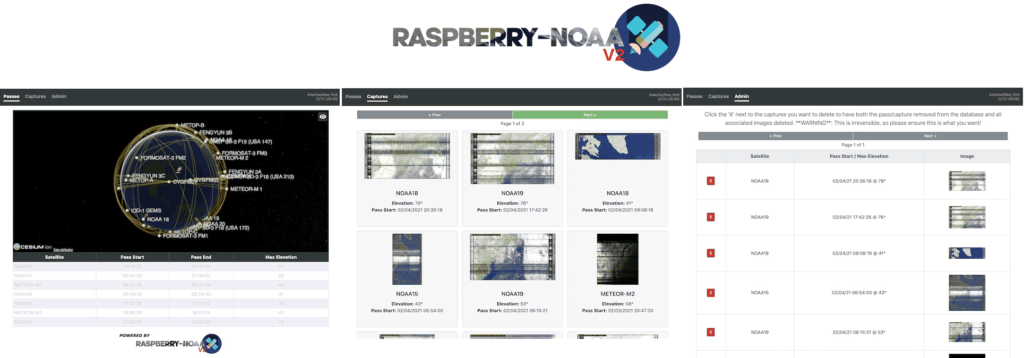Transmitting ggwave Sound Encoded Messages with a HackRF SDR
Thanks to Rado for submitting his news about the release of his project called "ggwave-fm" which allows transmitting of ggwave encoded messages with an SDR. The idea behind the original ggwave is to allow data transfer between devices using audio tones. This is useful for things like serverless one to many data broadcasts, device pairing, IoT devices and audio QR codes. Many products such as wireless security cameras already uses a similar audio data transfer system for automatically sending WiFi login data from a smartphone to the camera. Rado writes:
Ggwave is an open-source library that allows you to communicate small amounts of data between air-gapped devices using sound. You can find some technical details and a lot of examples on the project page: https://github.com/ggerganov/
ggwave. I thought it'd be cool to somehow extend the range of transmission for ggwave and this is how ggwave-fm was born. It modulates ggwave encoded messages with NBFM, interpolates the signal and produces a complex sampled IQ file which is ready for transmission with an SDR.
In the video shown below Rado demonstrates ggwave-fm working with a HackRF and uses a Baofeng FM radio as the receiver, with the "Waver" mobile app for decoding. He notes that the demo script (demo.sh) used in the video is availalbe in the Git repository.


